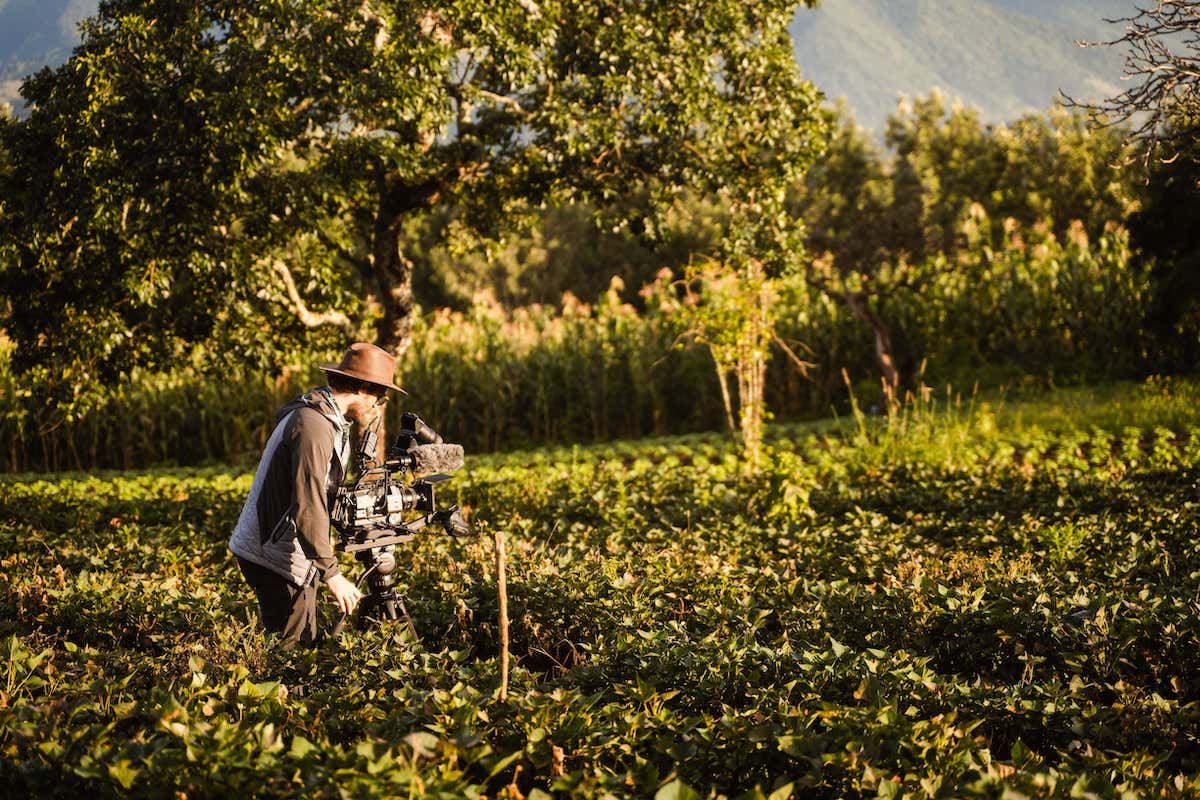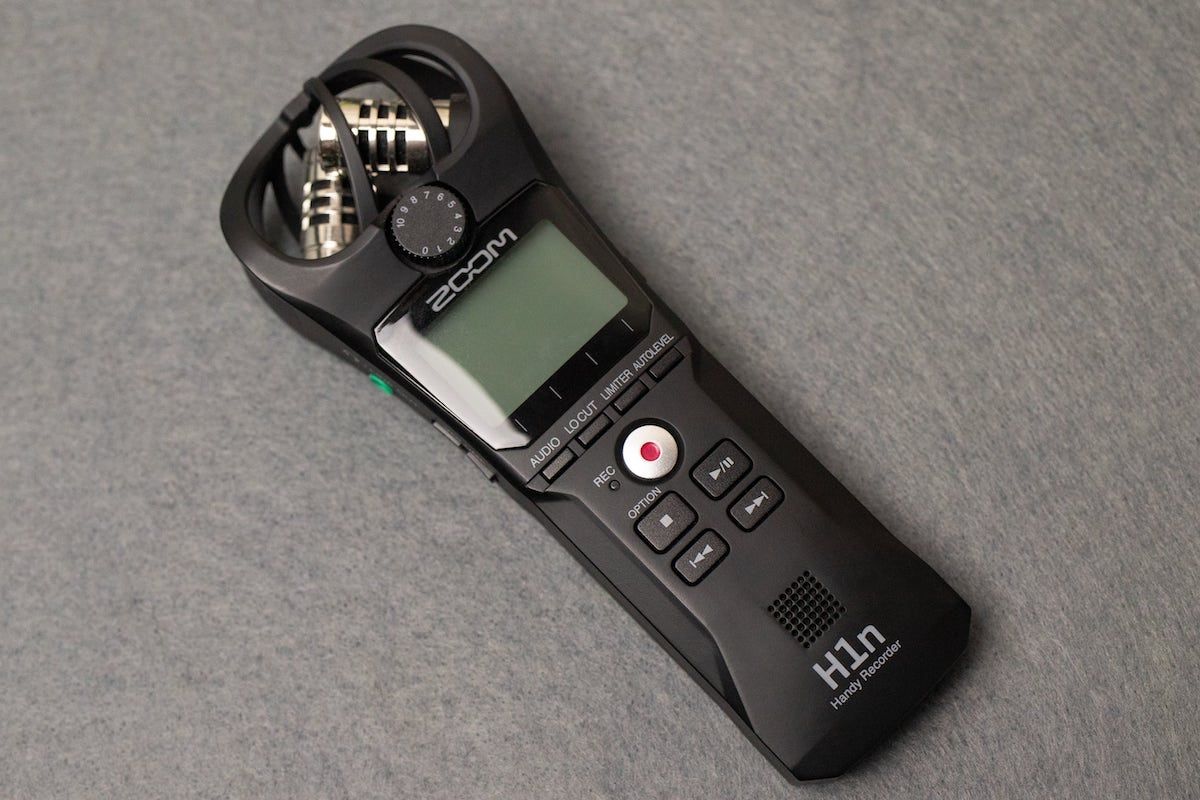Field Recording – Explained & 5 Types of Sound to Record
Rent film gear from local filmmakers.

Rent film gear from local filmmakers.
So, you’re interested in taking a deep dive into field recording and don’t know where to begin?
Well, you’ve come to the right place. Read on to find out what field recording is and how you can become a pro.
If you’re ready to take the plunge into filmmaking, you can get started here.

What is field recording?
Field recording, put simply, is the act of recording the sounds of a given environment. This environment can be all-natural, urban, or any sound at all.
Field recording is an extremely popular niche since you can record an environment in ways that photography and videography just won’t allow. Many people get started in field recording as a way to preserve memories!
Field recording not only preserves sounds and sights- but also emotions tagged to places.
In many cases, you might be recording a mix of sound genres. It’s difficult to escape the chirping of birds in a cityscape or the distant roar of cars in the countryside. The only way to escape this blend is by recording in a sound studio.
5 types of field recording sounds

1. Nature sounds
Natural sounds exist with or without mankind. In other words, they would occur naturally, whether humans are here or not. Think birds chirping or waves crashing onto the shore.
This genre is popular in field recording due to its relaxing and calming properties.
2. Sound effects
Before the dawn of television, shows were recorded on the radio. They had sound effects, but these weren’t prerecorded- a sound effects crew would make them live!
Performance was crucial here since they had to perfectly match up the sounds with the live show.
When the recordable tape was invented, the nature of sound effects was forever changed. Sounds could now be prerecorded anywhere and added in later. This allowed for much more creativity and realism in sound.
Nowadays, sound effects are one of the main reasons people get into field recording- there’s a sizable market for realistic sounds in media!
3. Transportation sound
Different modes of transport can be fascinating places to field record, from both inside and outside perspectives. Trains or airports, in particular, offer a great variety of sounds of people in motion or preparing for it.
4. Personal spaces
This can be any room or place in your house or apartment that isn’t acoustically treated. Kitchens and bathrooms are commonly used, but basements, attics, hallways, and other rooms can provide fascinating results.
5. Urban environments
Urban environments offer a bounty of blended sounds if you take the time to stop and listen. Here you can record a medley of natural sounds and man-made sounds: farmer's markets, protests, or parades may be a great place to start.
Equipment list for doing field recordings

Microphones
Microphones are essential for field recording. You can pretty much use any microphone for this, but some are particularly useful:
Shotgun mics
These are good for pinpointing a sonic location- when you’re not so concerned with ambiance. They are also highly directional mics.
Lavalier mics
This is a popular mic to use because they are stupidly portable. They're small and easy to use, and you’ll often find them on reporters or Youtubers recording outside. They’re good at recording audio as long as they are positioned near the source.
Digital recorders
Digital recorders are often pocketable and are easy to use. You should keep one on hand just to use in a pinch- you won’t get the best audio quality, but it’s most certainly better than nothing.
Binaural mics
These mics create a realistic recording of environments by mimicking the biological aspects of our heads and the Head-Related Transfer Function. You might see these kinds of audios on YouTube for ASMR videos.
Contact mics
These come in all sorts of shapes and sizes and can be attached to anything that vibrates. They are very inexpensive and are relatively easy to build if you want to do that.
Hydrophones
These are for underwater recording.
Ambisonic mics
These are often used commercially or for VR experiences. Various affordable recorders have this function, so you shouldn’t have to seek them out too much.
Dynamic mics
These are ideal for loud, transient sounds that you may come across.
Field recorders
In recent years there’s been an explosion of portable digital recording devices on the market. As such, they can run quite expensive.
If you are just starting out, make sure you find one that adheres to these specs:
- Able to record at 96k Sampling Rate and 24-bit Resolution.
- Able to record stereo and has built-in mics.
- Has at least two combinations of XLR/1/4” inputs for external mics.
- Able to mount it on a mic stand.

Explore the best microphones
Interested in exploring field recording?
You will certainly need a good microphone before you get started. Check out our picks for the best microphones to find the best audio recorder for you.
If you want to learn more about sound design, click here to discover more.
What is field recording?
Field recording is the act of recording the sounds of a given environment, be it urban, natural, or anything else.
How do you create a field recording?
Getting started in field recording is as easy as pie. Have a sound or memory in mind that you want to capture, get yourself a decent mic or recorder, and get started!
What can I use for field recording?
You can use pretty much anything you have to record your chosen environment- but it’s advisable to get a good mic or recorder. Try a shotgun mic or a Lavalier mic if you are a beginner.























